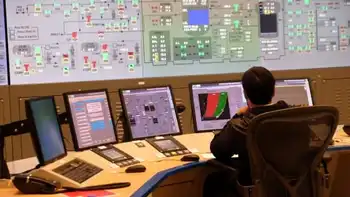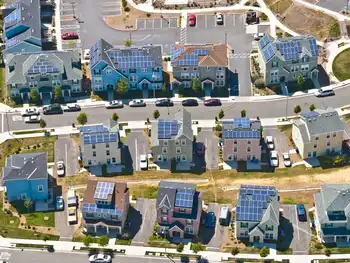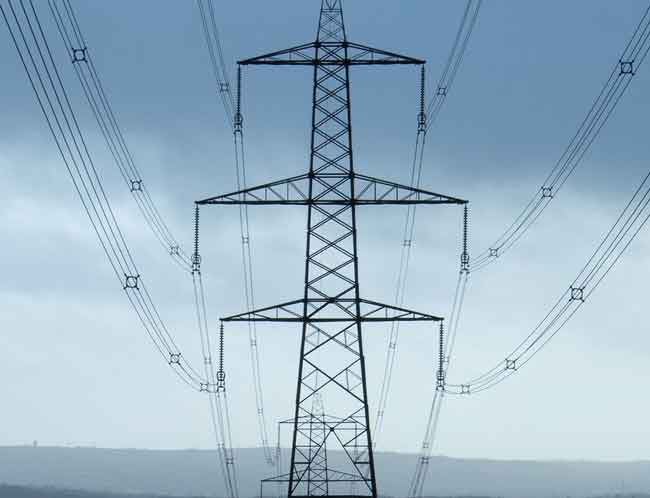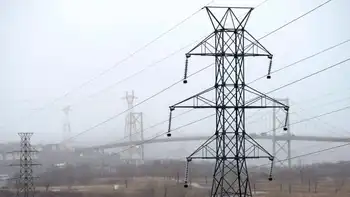Austin considering major solar power plan
By Dallas Morning News
Electrical Testing & Commissioning of Power Systems
Our customized live online or in‑person group training can be delivered to your staff at your location.

- Live Online
- 12 hours Instructor-led
- Group Training Available
Austin's city electric utility wants to set aside 300 acres it owns for a solar array that would be built and owned by San Francisco-based Gemini Solar Development Co. Austin Energy would be the exclusive client and pay $10 million a year for 25 years for the power it generates.
If approved by the city council, it would be one of the largest solar projects of its kind in the world, the Austin American-Statesman reported.
Under the plan being considered by the council, the facility would open in late 2010 and would produce enough energy annually to power up to 5,000 homes.
The city has already decided to reduce its dependence on fossil fuels, and the plant would put Austin Energy on pace to meet its goal of getting 30 percent of its power from renewable power sources by 2020, utility officials said.
"We think this is a good project," said Michael McCluskey, Austin Energy's chief operating officer, "and we think this is a very competitive solar project."
But it would also raise the monthly electric bill for the average Austin homeowner by an average of 60 cents, according to Austin Energy. And it has generated some concern among Austin's large manufacturers, particularly high-technology companies, who worry their bills could see big increases.
"If the cost goes up for our utilities," said Roger Wood, a corporate facilities manager for Freescale Semiconductor, "our price goes up for our product."
Manufacturers have told the city's Electric Utility Commission they support renewable energy but are concerned about their potential rise in costs. Solar energy is more expensive than alternatives such as natural gas, nuclear and coal, which produce more pollutants and political objections.
The proposed Austin facility would have more than double the generating capacity of the nation's largest solar array, which is owned by Gemini Solar and provides power to Nellis Air Force Base in Nevada.
Austin attorney Pike Powers says it's the kind of project Austin needs to maintain a strong economy.
Powers, one of the leading figures in Austin's push to attract the semiconductor industry in the 1980s and '90s, says solar energy can help Austin replace the semiconductor jobs it's now losing. He sees several parallels between the semiconductor industry then and the solar industry now.
For instance, he said, if Austin can attract solar plants, they would probably be followed by suppliers, which in turn would be followed by companies that make the suppliers' equipment.
Austin would also avoid pumping 51,000 tons of carbon per year into the air by using the solar array versus an equivalent fossil-fuel powered plant, according to Austin Energy estimates.











